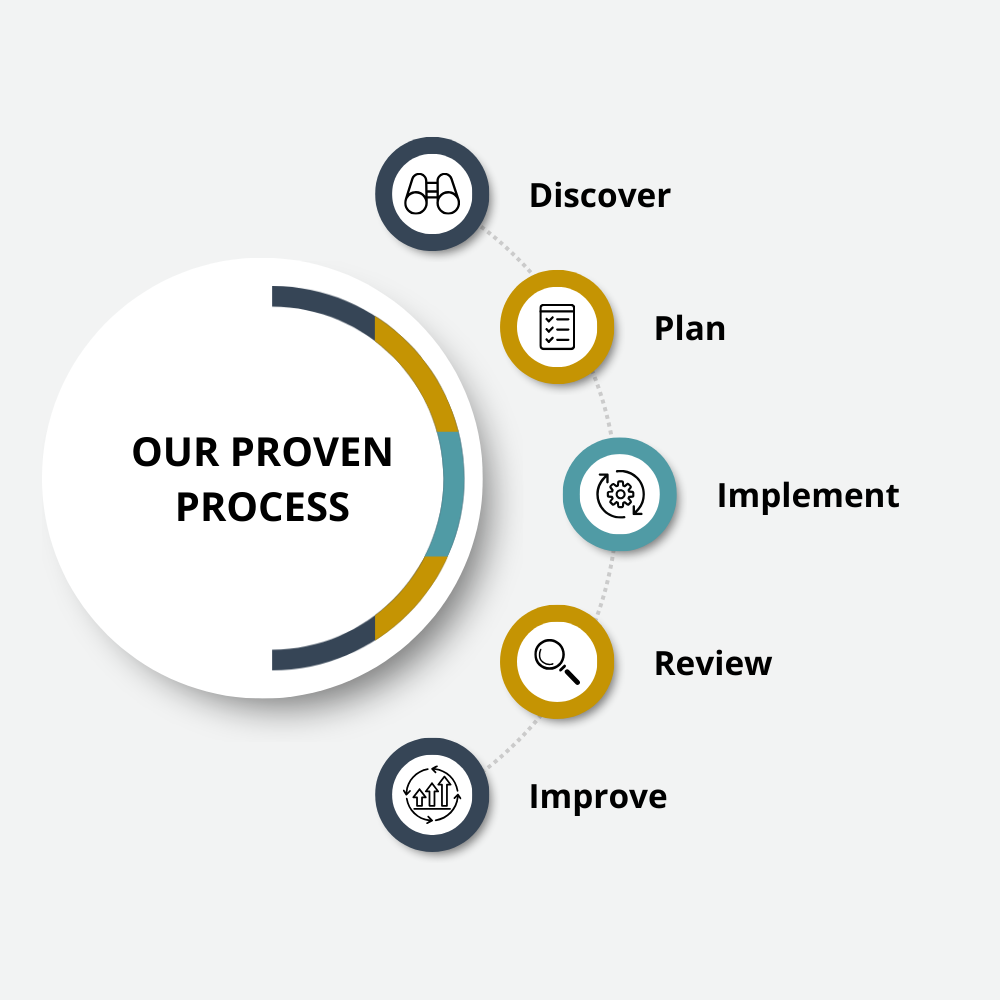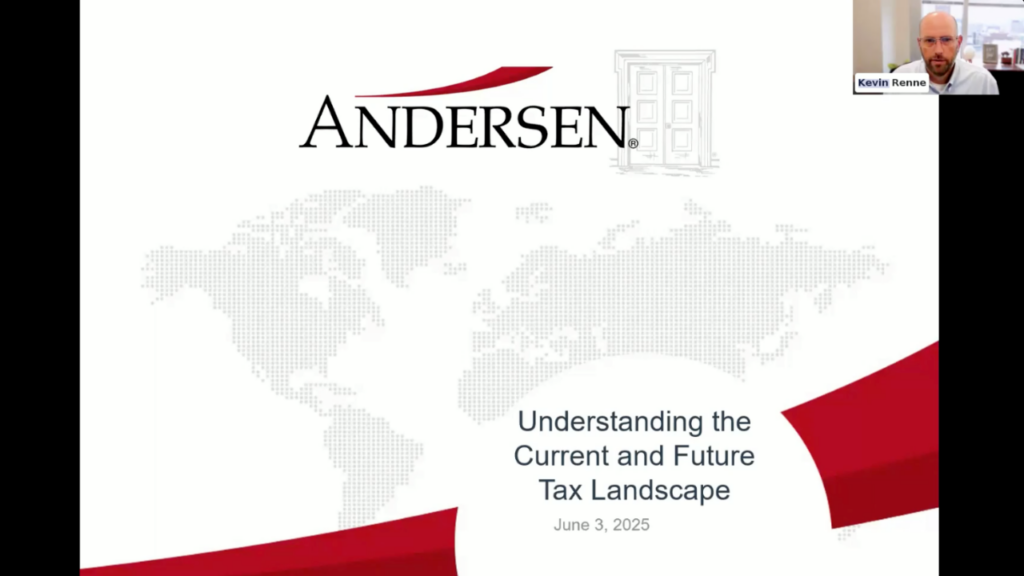Most of us have heard the proverb, “Good things come to those who wait.” Certainly, anyone who has ever made the mistake of biting into an apple before it has ripened can understand that there are situations in life where waiting until the right time is a key to success.
For high-performing executives, there can be considerable financial advantages to be gained by waiting, in certain cases. One of these is deferred-compensation. Though there are several different types of deferred-comp plans, they all share a key characteristic: they allow a highly compensated employee, such as a CEO or other member of executive leadership, to defer the receipt of income until a later date and, at the same time, defer the taxes that would otherwise be payable on that income.
There are two basic types of deferred-compensation: qualified and non-qualified. The first category includes many plans that likely sound familiar: 401(k)s, pensions, profit-sharing plans, and other company-sponsored plans that are covered by the Employee Retirement Income Security Act (ERISA). These plans have regulations in place that govern contribution limits, who has access to the plan, and handling of and reporting on assets held in the plan. Qualified plans are also generally protected from the claims of creditors, either those of the sponsoring company or those of the individual plan participant.
If you participate in your company’s 401(k), pension plan, or other qualified plan, you are participating in a deferred-compensation plan; that is, you are deferring until a later date the right to receive compensation to which you are otherwise entitled. With plans like a 401(k), you are also benefitting from tax-free growth and compounding within the plan and, if the plan is a Roth 401(k), tax-free income in retirement.
Non-qualified plans, as the name implies, are not governed by ERISA and have fewer limitations. They also typically offer fewer protections from creditors. Still, a non-qualified deferred-comp can offer significant benefits to highly compensated employees, such as those involved in executive leadership.
Like qualified plans, non-qualified plans allow highly compensated employees to defer income—including bonuses—until a future date. This deferred amount grows tax-free until withdrawn (often in retirement), when it’s taxed as ordinary income. Significantly, the amounts that can be deferred in this way for non-qualified plans can be much higher than the limits ERISA places on contributions to qualified plans. This feature allows highly compensated persons to defer taxes on more income than would be possible with only a qualified plan like a 401(k). This can be especially helpful for those who expect to be in a lower tax bracket in retirement. By deferring receipt of the income until they are retired, they may be able to pay much less in taxes and also help to fund their desired retirement lifestyle. Also like some qualified plan, non-qualified deferred-comp plans typically feature a vesting schedule: a time period of employment that must be completed before you can take full ownership of the funds.
Another difference between non-qualified and qualified plans is that non-qualified plans may offer more flexibility on the timing and amount of withdrawals. Depending on the specific rules of your plan, you may be able to schedule withdrawals timed with a child’s college expenses, buying a new home, or other major financial events. Also unlike qualified plans, there are no minimum withdrawal requirements for most non-qualified plans and no age restrictions on when funds may be withdrawn.
There are some cautions with non-qualified deferred-comp plans that bear consideration. Unlike qualified plans, the funds in a non-qualified plans are not required to be segregated in a separate trust and may be commingled with company assets. In the event of a downturn for the company, these assets could be subject to reduction or even forfeiture. Depending on the specific rules of the plan, it may also be difficult to change withdrawal dates once they are established.
You should also investigate the investment choices available with your non-qualified plan. Some plans allow only company stock, while others may offer a broader array of investment types. Depending on other incentives you may have—such as incentive stock options (ISOs) or restricted stock units (RSUs), adding more company stock to your portfolio could result in a highly concentrated position in a single asset. Such a lack of diversification could subject your portfolio to greater volatility risk.
To summarize, participating in a deferred-compensation plan could provide a major boost to your wealth-building efforts. If your company offers a qualified plan and you qualify for participation, it is almost always a good idea to make regular contributions, preferably up to the maximum allowed by your plan.
As for non-qualified plans, you should consider participating if you:
- don’t need the income for current expenses;
- plan to use the deferred-compensation for retirement income and expect to be in a lower tax bracket in retirement;
- believe in the soundness and future prospects of your employer;
- are satisfied with the investment options available in the plan;
- could benefit from deferring compensation on more income than allowed in your qualified plan;
- need greater flexibility for the timing and amount of withdrawals from the plan.
The decision to participate in a non-qualified plan should not be taken lightly. If you are considering participation or even wondering if a non-qualified plan would be right for your situation, please contact your JFS advisor. Your advisor can review your overall situation and help you make the decision that is right for you. Get in touch today!




















